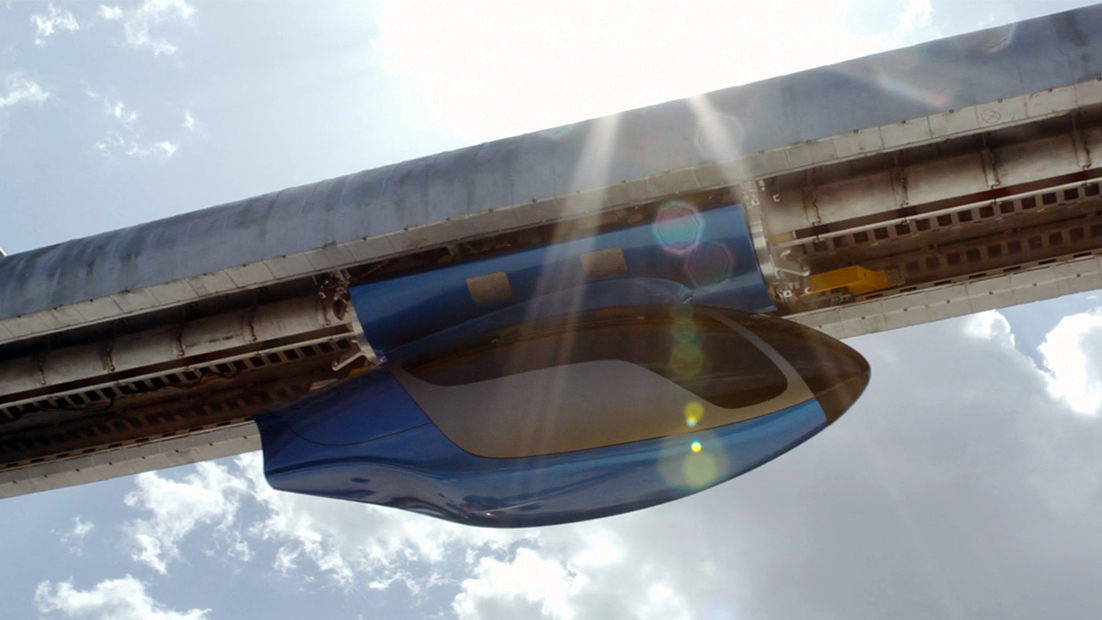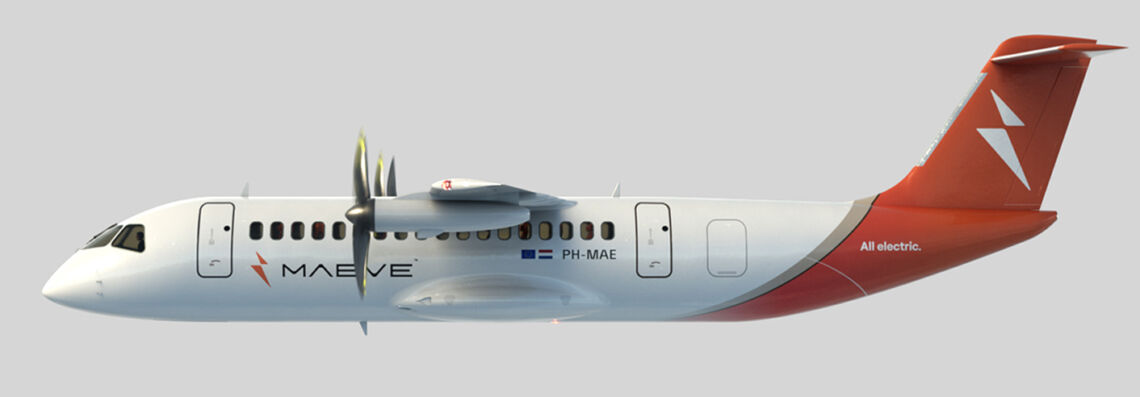Siemens helps SkyTran develop autonomous maglev
- June 26, 2023
- Steve Rogerson

California-based SkyTran used Siemens modelling software to develop a maglev transport system it hopes will tackle gridlocked traffic.
SkyTran is using software from the Siemens Xcelerator portfolio to develop and manufacture a maglev transport system. Using the Simcenter Magnet software, it reduced physical prototyping costs by 90 per cent.
Founded in 2011 and now a Nasa Space Act company, SkyTran is headquartered in Huntington Beach, California. It is a high-capacity, personal mass transit system and its on-demand, personal occupancy vehicles allow riders and cargo to travel above the road at motorway speeds and beyond.
Vehicles operate autonomously and use proprietary switching technology to navigate complex guideway networks direct to destination without the constraints of ground-based corridors.
The system uses a modified and improved maglev variant called electrodynamic suspension based on coupled levitation and propulsion systems. This propulsion system uses a drive motor with a magnetic rotor and aluminium stator. In contrast, the levitation system uses the electromagnets in the vehicle and their interaction with the steel guideways.
To develop this transport system, SkyTran has a full-scale test rig, but each test takes a lot of time and cost. Additionally, it can be difficult to visualise what’s happening in the physical system while it is operating. Gaining further insight necessitated adding sensors but these can influence the results from the test rig.
To overcome this, the team wanted a simulation product that could help reduce the scale of the test rig programme and interrogate the test in new, faster and cheaper ways. SkyTran chose Simcenter Magnet from the Siemens Xcelerator portfolio to help confront these issues.
“By using Simcenter Magnet, we can speed up the manufacturing of the parts and building the test fixture process by four times compared with when we don’t do any simulation,” said Iana Volvach, finite elements analysis engineer at SkyTran. “In terms of the cost, we can save a lot since we don’t buy the parts to create every single experiment and the test fixture for it. When modelling with Simcenter Magnet, we can reduce the cost spent on prototypes by 90 per cent compared with when no simulation is used.”
• Maeve Aerospace has adopted the Siemens Xcelerator portfolio of software and services to aid in the development of Maeve 01, its zero emissions all-electric passenger aircraft unveiled at the Paris Air Show. Maeve 01 enables 44 passengers to travel up to 250 nautical miles with zero emissions.
With its electric aircraft design, Maeve hopes to decrease emissions and energy consumption significantly.

Under the leadership of its chief technology officer Martin Nuesseler, the Maeve team redesigned and optimised its earlier aircraft using Siemens Xcelerator. Creating a digital twin of its all-electric powertrain and executing full thermal and safety simulations on its in-house designed aircraft dedicated battery system has enabled Maeve to reduce the overall weight of the aircraft. This has resulted in the reduction of aircraft structures, delivering an increase in propulsion and battery capacity. And compared with existing turboprop aircraft, Maeve 01 reduces operating costs by 30%.




